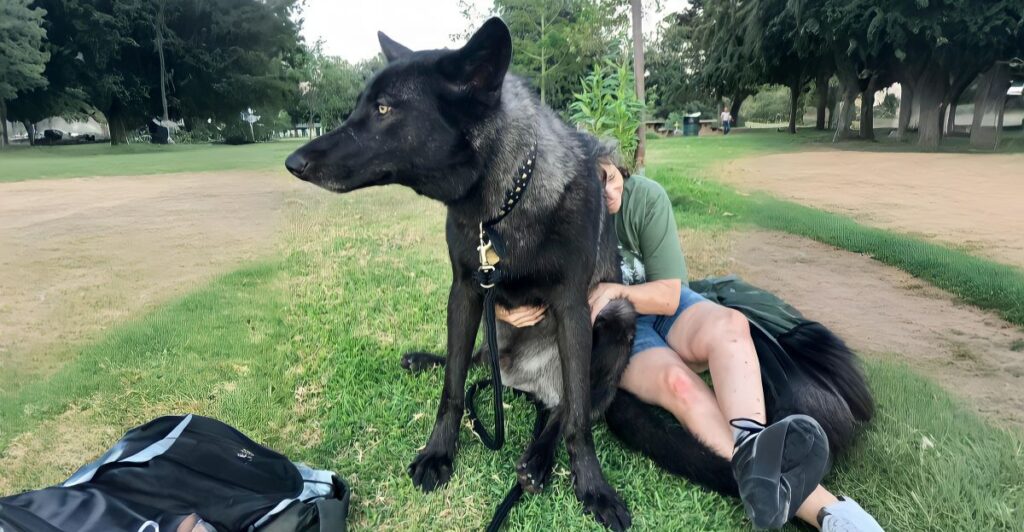
Most assume wolves and dogs have long parted evolutionary ways, with thousands of years separating the wild predator from the domestic companion. But in rare cases, the divide isn’t so wide—it’s just a single generation.
These dogs don’t merely resemble wolves; they are genetically intertwined with them in ways that challenge common ideas about domestication. Some were bred deliberately, others emerged naturally, yet all blur the boundary between tame and wild. Their existence sparks complex debates over ownership laws, breed purity, and the ethical limits of human interference.
These animals are more than curiosities—they’re reflections of our enduring fascination with the untamed. Meet nine extraordinary breeds that remain just one step removed from the wolf, both in DNA and in spirit.
1. The Kugsha Dog
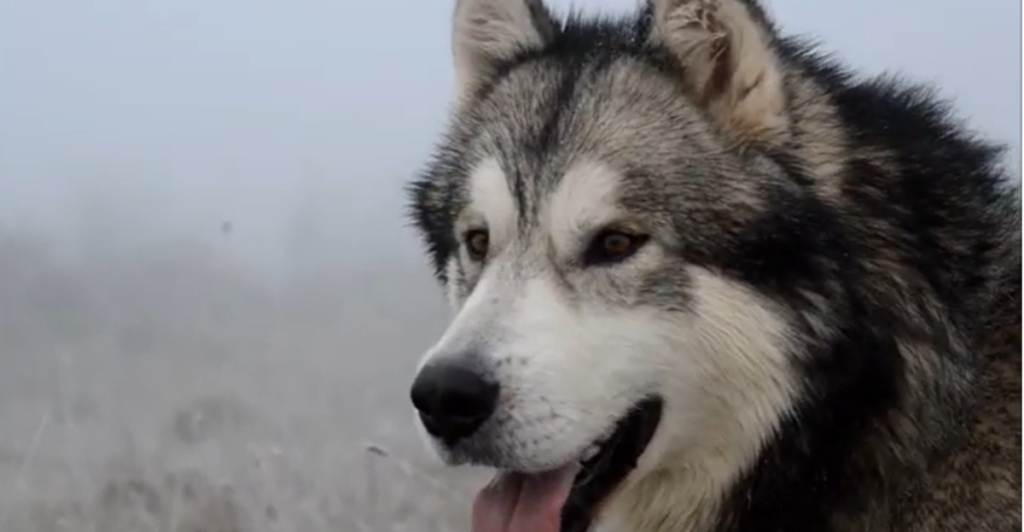
The Kugsha Dog, also called the American Husky, is a rare and powerful breed rumored to have carried wolf DNA just a generation ago. Its exact origins are unclear, but experts believe it was created from deliberate crosses with wolves to preserve wild traits. With intense focus and sharp instincts, Kugshas don’t fit into average homes or lifestyles.
Wild at Heart: Kugsha Temperament and Handling
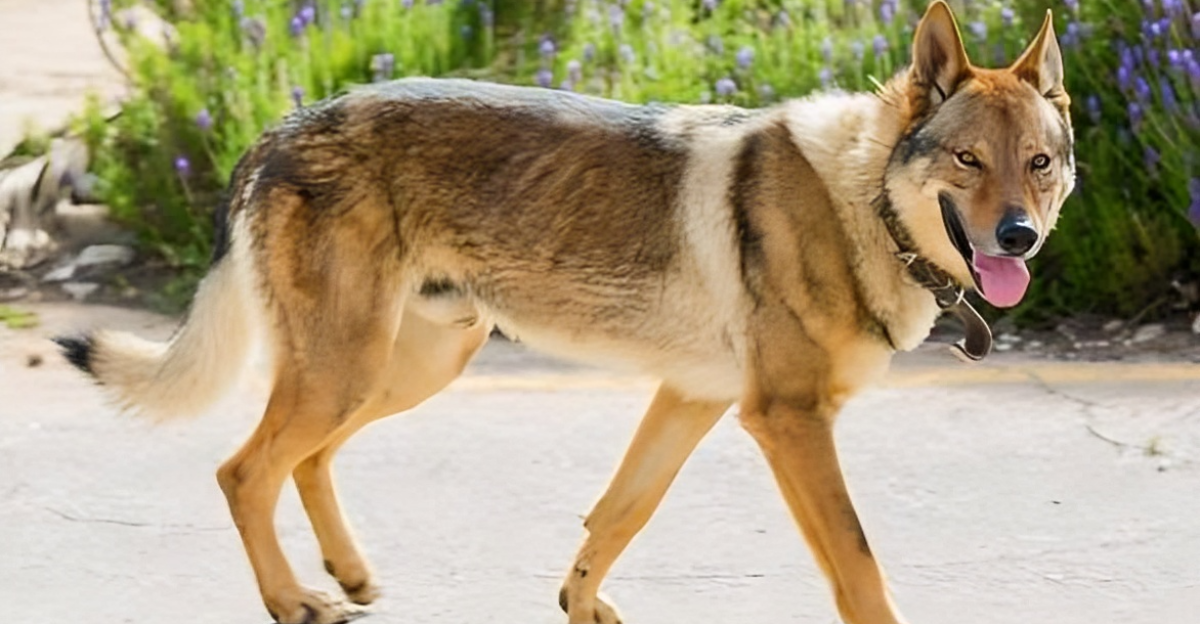
Kugshas bond deeply with one person and prefer independence over constant attention. Their intelligence and strength require experienced handling. Not recognized by major kennel clubs, they remain obscure and largely avoided by casual dog owners. This rare breed serves as a living example of how wild bloodlines can linger in the modern canine world.
2. The Saarloos Wolfdog
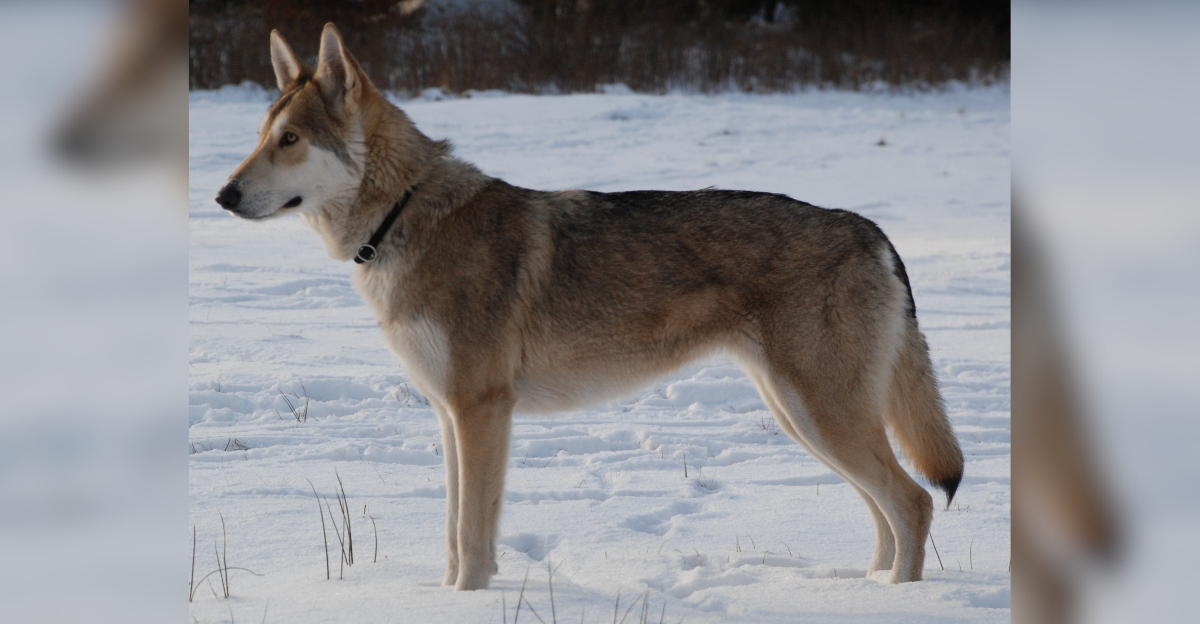
The Saarloos Wolfdog was born of science, not accident. Dutch breeder Leendert Saarloos crossed a European wolf with a German Shepherd to reintroduce natural instincts. The result was a unique dog with a wild demeanor, high wolf DNA, and sharp senses, a controlled blend of domestic loyalty and wilderness awareness.
Living with a Saarloos: Not Your Average Pet
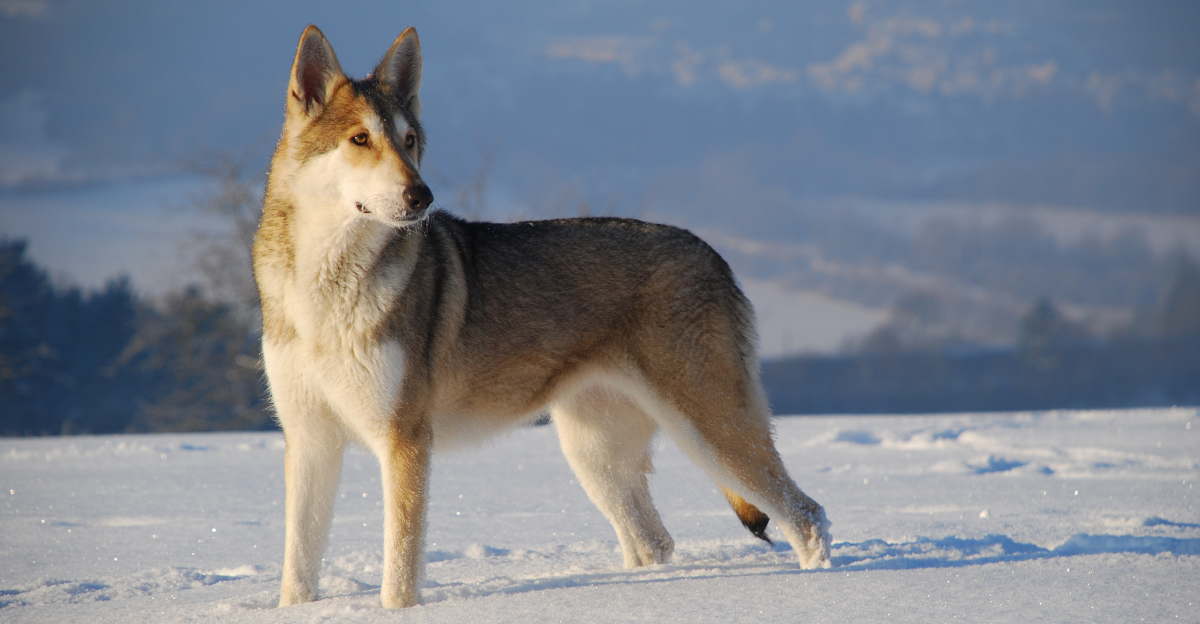
Saarloos Wolfdogs remain shy, alert, and difficult to train; traits tied to their wolf heritage. While recognized in parts of Europe, they aren’t widely accepted as pets due to their unpredictable nature. Saarloos didn’t aim to make a better pet, he sought a dog that stood between wild and tame, and that’s exactly what he achieved.
3. The Czechoslovakian Wolfdog
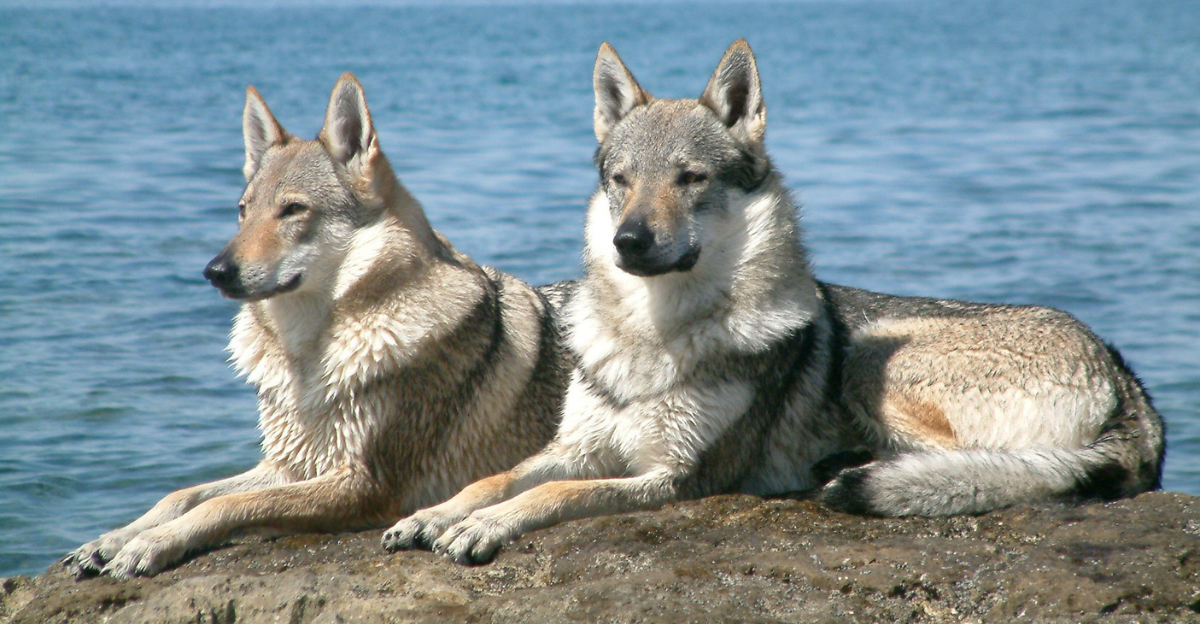
Developed in 1950s Czechoslovakia, this breed was built for Cold War patrols. A cross between Carpathian wolves and German Shepherds, the Czechoslovakian Wolfdog was engineered for strength, loyalty, and cold-weather endurance. It remains genetically close to wolves and was one of the few hybrids bred with a specific military goal.
Half Wolf, Half Soldier: What Sets Them Apart
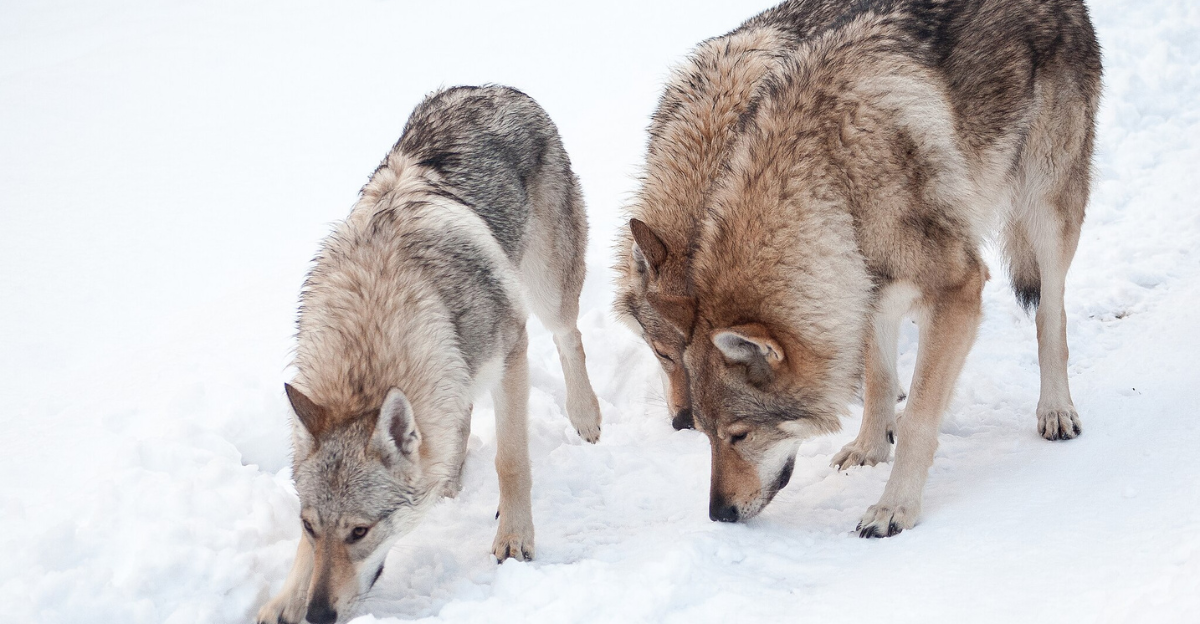
With a striking wolfish appearance, this breed retains wild instincts while being trainable under strict conditions. Though officially recognized today, it’s far from a beginner’s pet. These dogs are intelligent, wary, and thrive in active, structured environments. Their origin is a rare intersection of geopolitics, science, and nature.
4. The Indian Savannah Wolfdog

Unlike other hybrids, the Indian Savannah Wolfdog forms in the wild without human breeding. These animals are born from matings between feral dogs and Indian wolves, often just one generation removed. Genetic studies confirm their mixed heritage, showing nature’s ability to create its own hybrids in today’s changing ecosystems.
Conservation Concern: The Case of Wild Hybrids
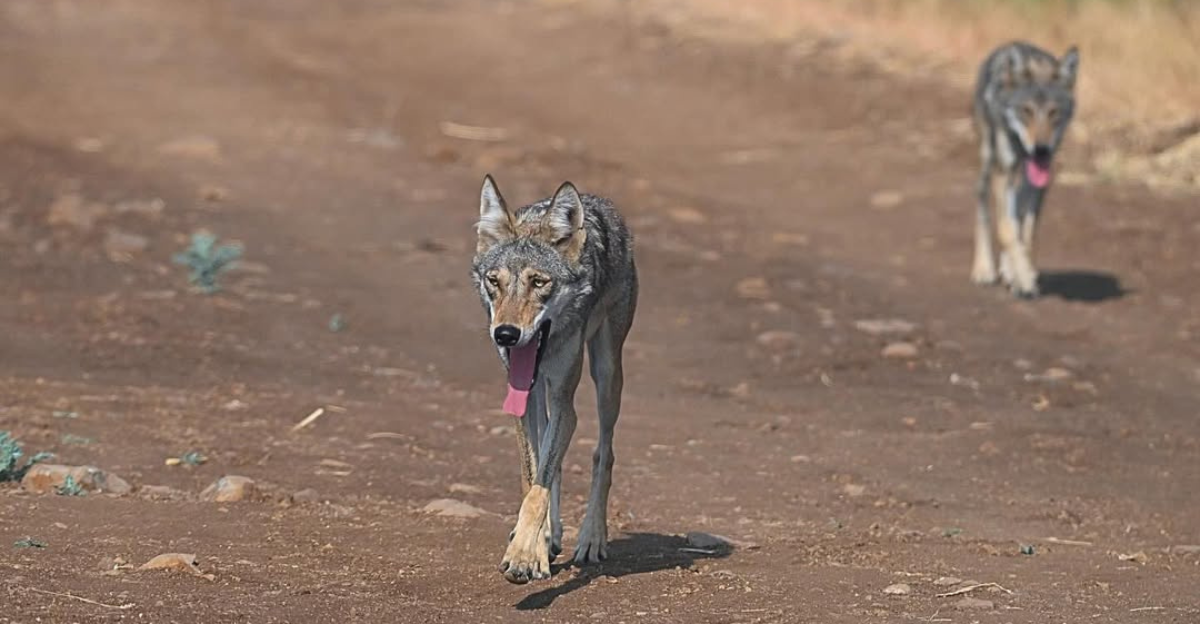
These hybrids complicate conservation. As human development fragments habitats, wolves and dogs interact more, raising questions about species purity. Some of these hybrids even take leadership roles in wolf packs. They’re a real-time example of evolution under pressure, where wild and domestic worlds collide without human intent.
5. The Alaskan Malamute Wolf Hybrid
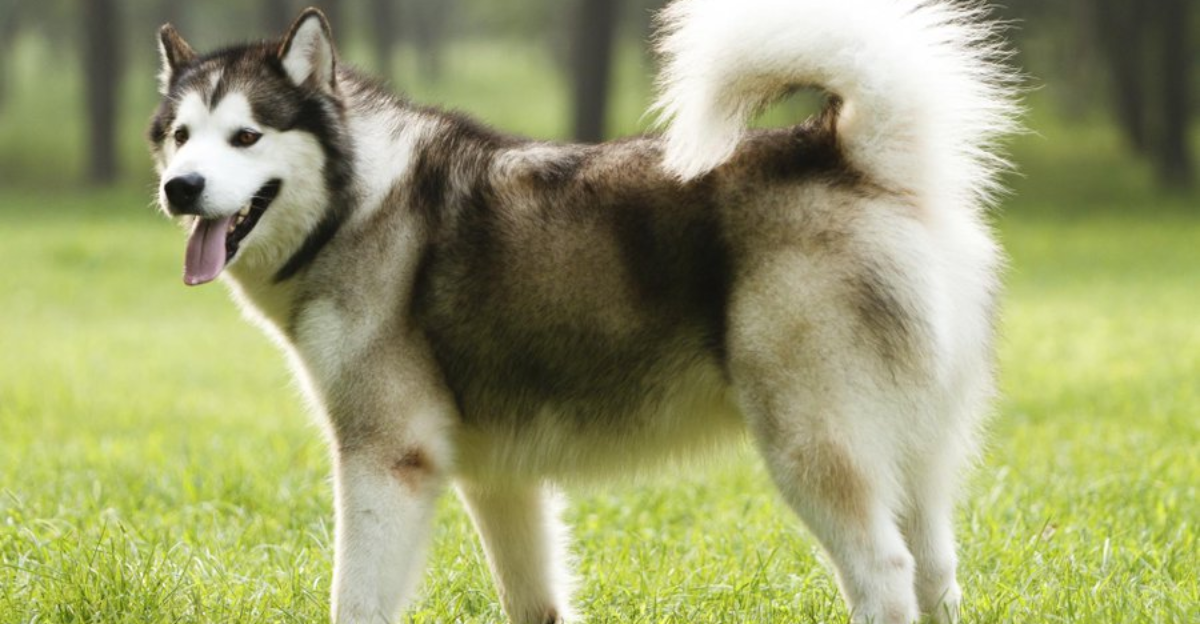
Already close to its wild cousins, the Alaskan Malamute gains even more primal energy when crossed with a wolf. These hybrids were once prized by Arctic communities for their resilience, sled strength, and ability to endure harsh climates. They’re powerful, sturdy, and genetically just one step from true wolves.
Arctic Bloodline: The Challenges of Ownership
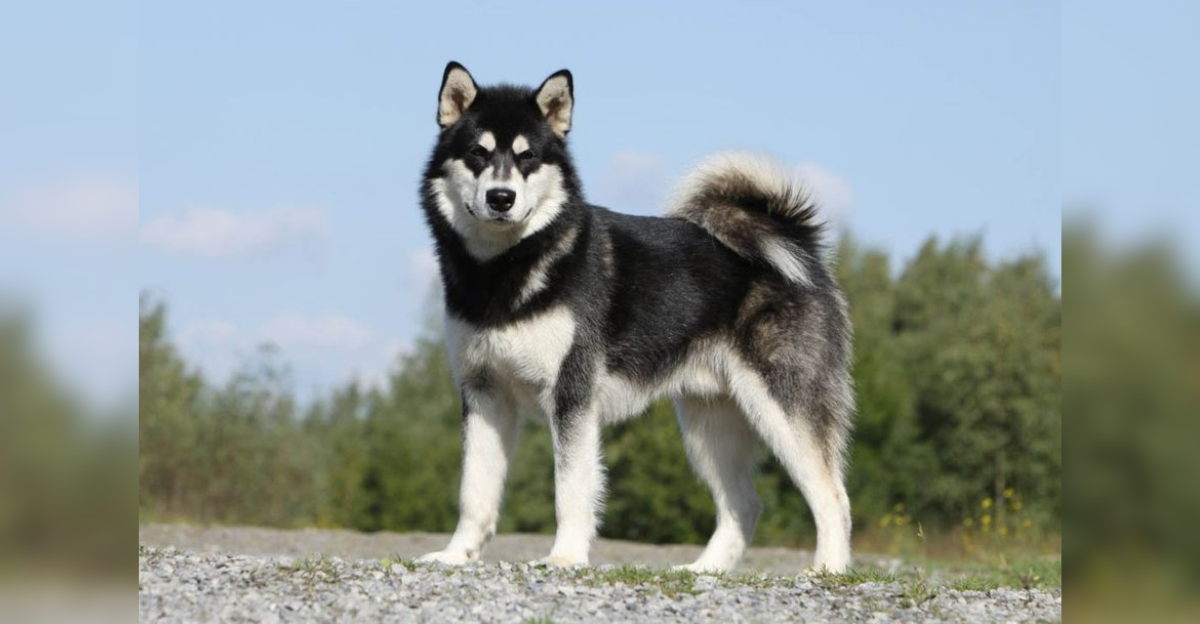
With extreme prey drives and independent minds, Malamute Wolf Hybrids are a challenge to own. Their power and unpredictability often make them unsuitable for modern homes. Legal restrictions vary, and proper handling is essential. These animals are a stark reminder of the line between survival-driven instincts and domesticated behavior.
6. The German Shepherd Wolf Hybrid
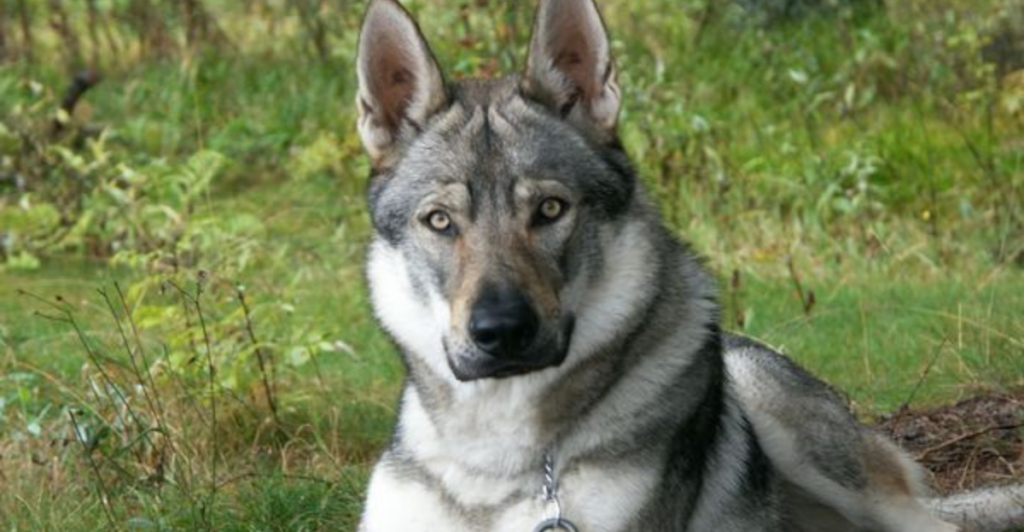
The German Shepherd Wolf Hybrid, often called a Wolf Shepherd, combines discipline with primal force. Some are bred intentionally for roles in security and search missions, thanks to their intelligence and tracking ability. Others are the result of unplanned pairings in remote areas. Either way, they’re only a step away from wildness.
Wolf Shepherds: Capable, But Complicated
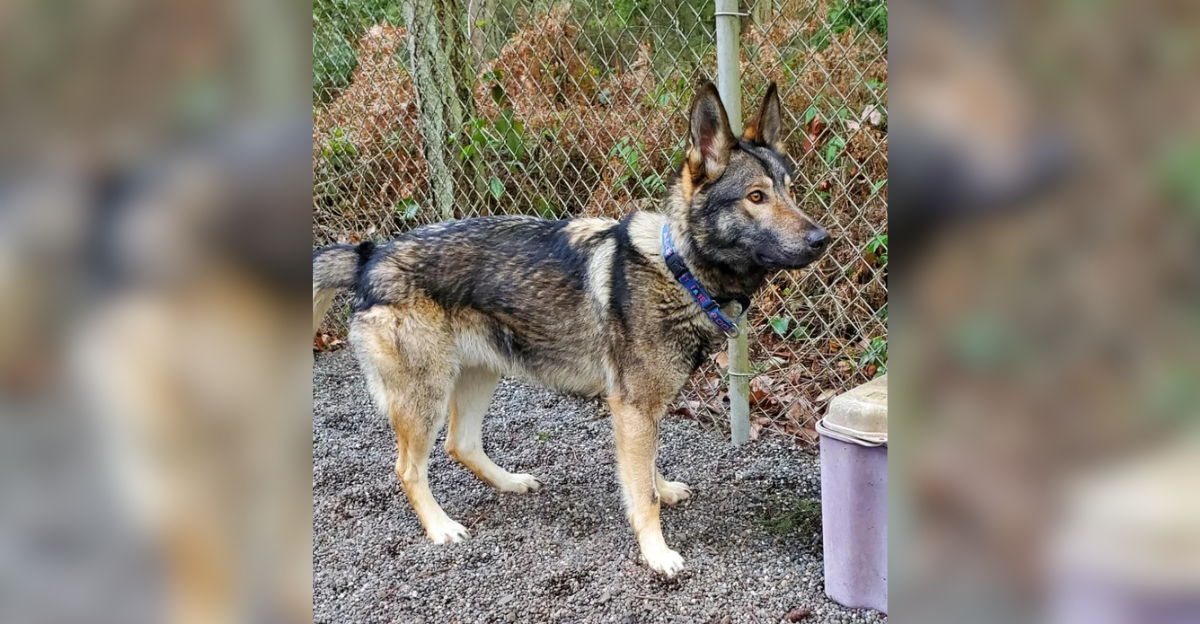
These hybrids demand far more than casual care. Their intense focus and unpredictable behavior require expert training and firm boundaries. They can excel in working roles, but aren’t suited for everyday pet life. Wolf Shepherds reflect what happens when elite domestication mixes with the raw energy of a predator.
7. The Akita Wolf Hybrid

The Akita, an ancient Japanese breed known for loyalty, takes on a fierce and untamed personality when bred with a wolf. These hybrids are muscular, assertive, and alert, often exhibiting behaviors that reflect both deep companionship and dominant instincts. They are extremely rare and usually bred in experimental programs.
When Devotion Meets Dominance
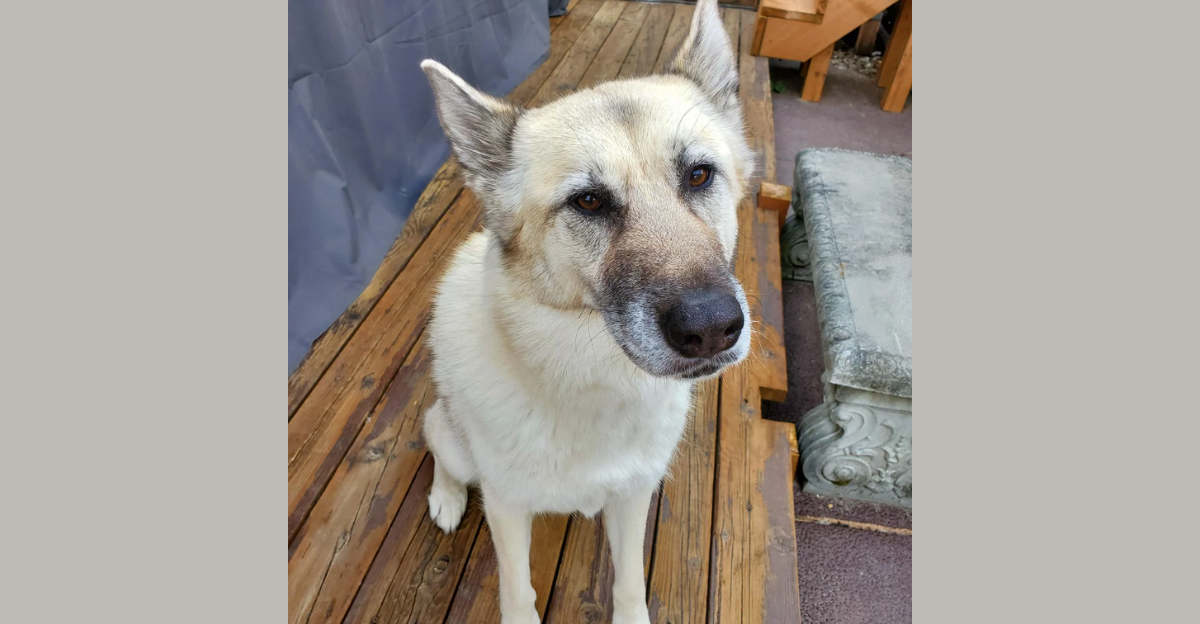
Akita Wolfdogs demand respect and careful structure. Without consistent guidance, they can become aggressive or unmanageable. The clash between the Akita’s loyal nature and a wolf’s survival mindset creates a complex animal not fit for novice owners. It’s a powerful hybrid where tradition meets primal force, one that must be understood, not underestimated.
8. The Great Dane Wolf Hybrid
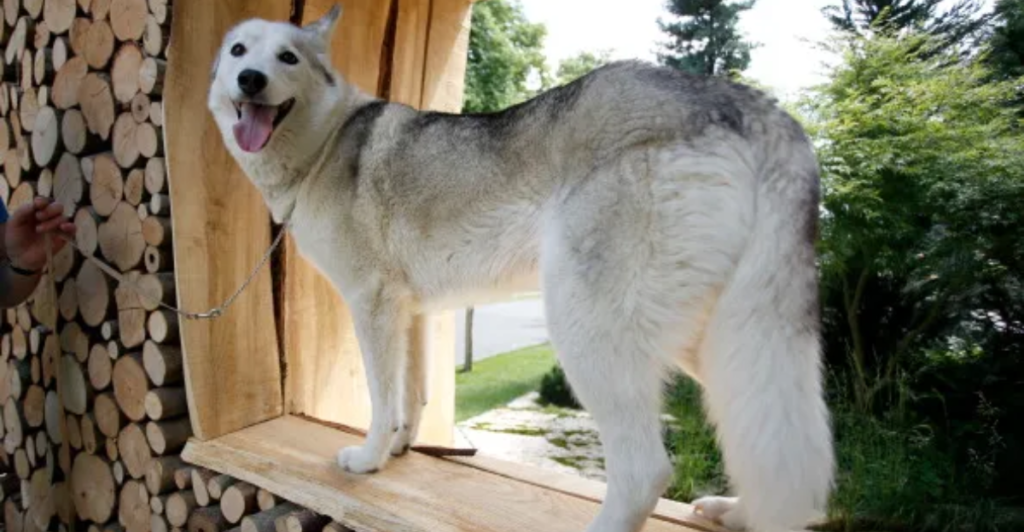
Crossing a Great Dane with a wolf produces a rare and enormous hybrid with unpredictable traits. These dogs are not part of formal breeding programs and typically arise from unusual or fringe pairings. Their massive size and unpredictable temperament make them both awe-inspiring and potentially dangerous if mishandled.
Power and Presence: A Unique Combination
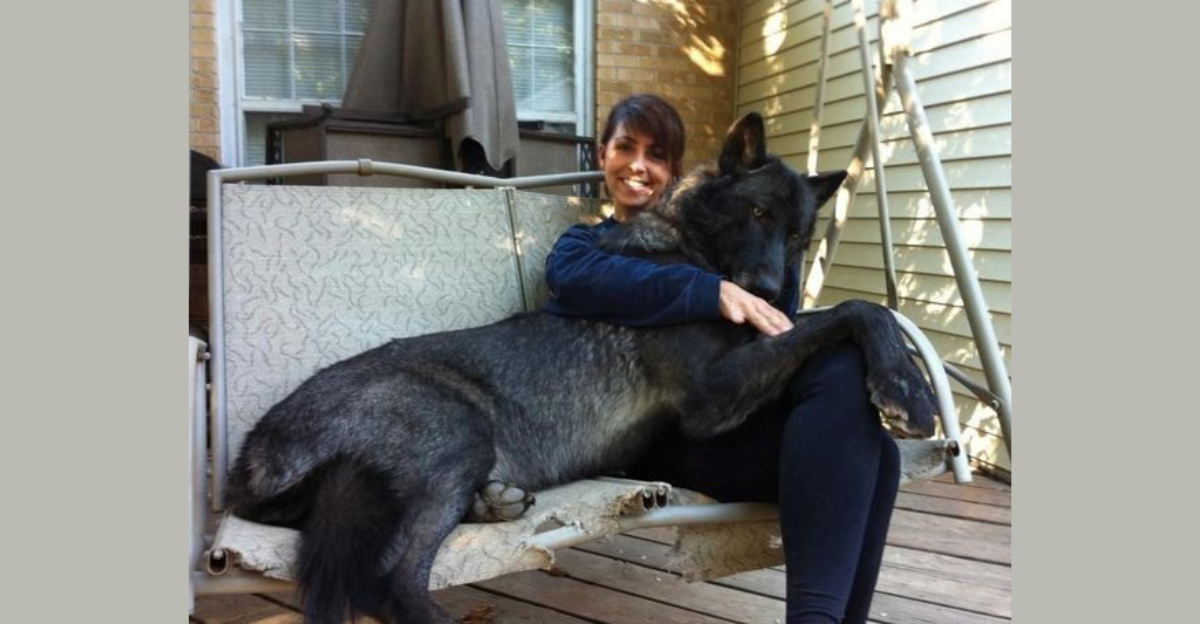
Great Dane Wolf Hybrids are rarely seen, but when they are, they leave a lasting impression. Their strength and size demand experienced care, and their behavior can be highly inconsistent. Not bred for work, they exist more as extreme curiosities, giant, wild-edged dogs that push the boundaries of what a hybrid can be.
9. The Labrador Retriever Wolf Hybrid
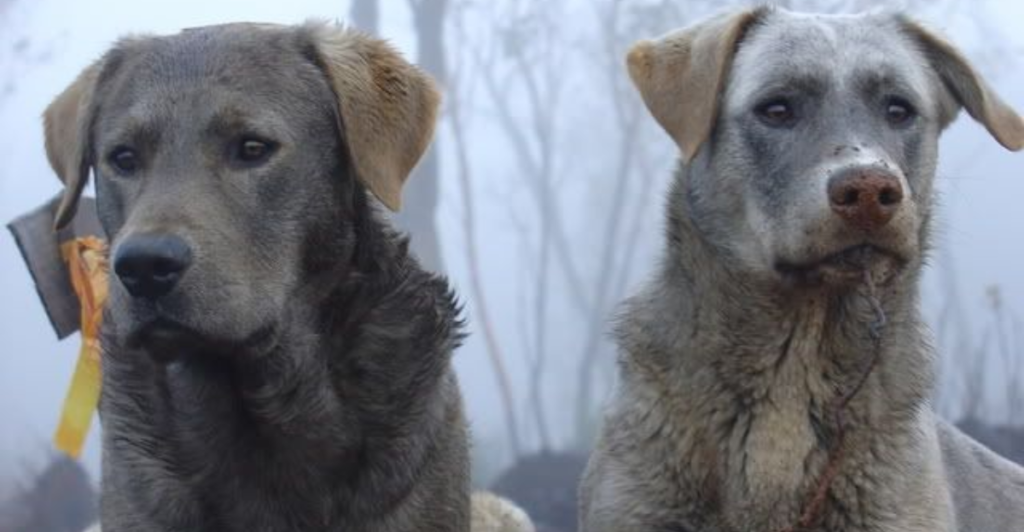
It’s surprising, but Labradors have been crossed with wolves in remote areas where dogs roam freely. These Labrador Wolfdogs are one-generation hybrids with unpredictable results. Some may retain the Lab’s friendly traits, while others display high independence and territorial instincts drawn from their wild parent.
The Dual Nature of Labrador Hybrids
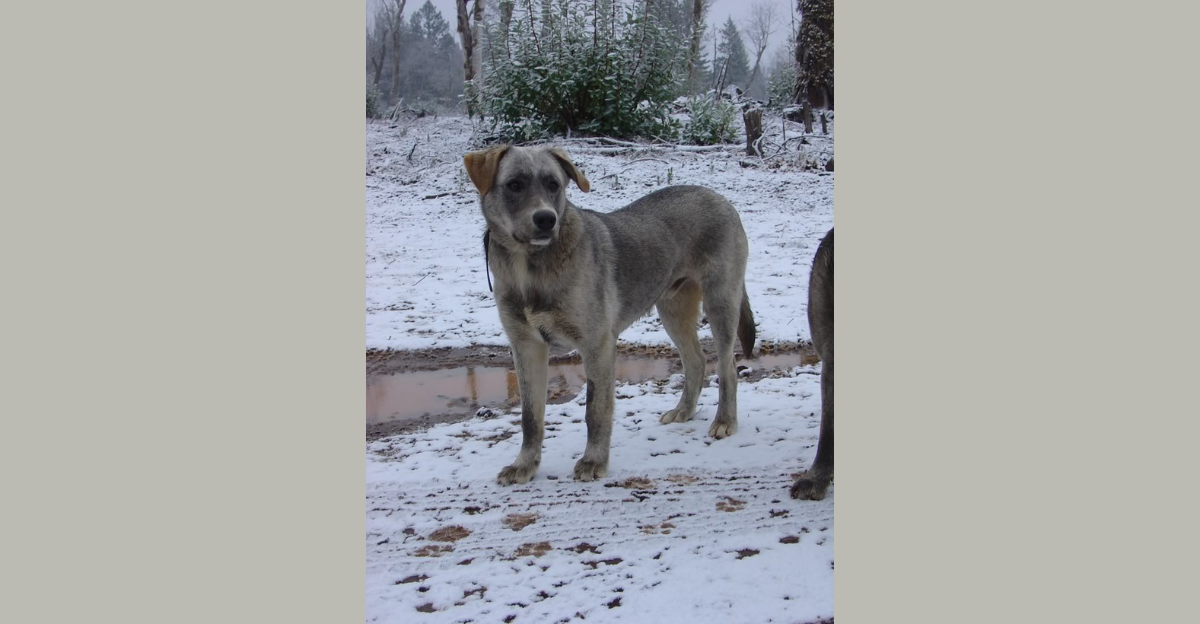
These hybrids challenge the perception of Labs as always sweet and trainable. Instead, their mix of friendliness and wildness creates unexpected behaviors. They aren’t part of a breeding trend, but their existence shows how easily even beloved family breeds can revert to something untamed in the right conditions.
What Makes a Wolf Hybrid a Dog?
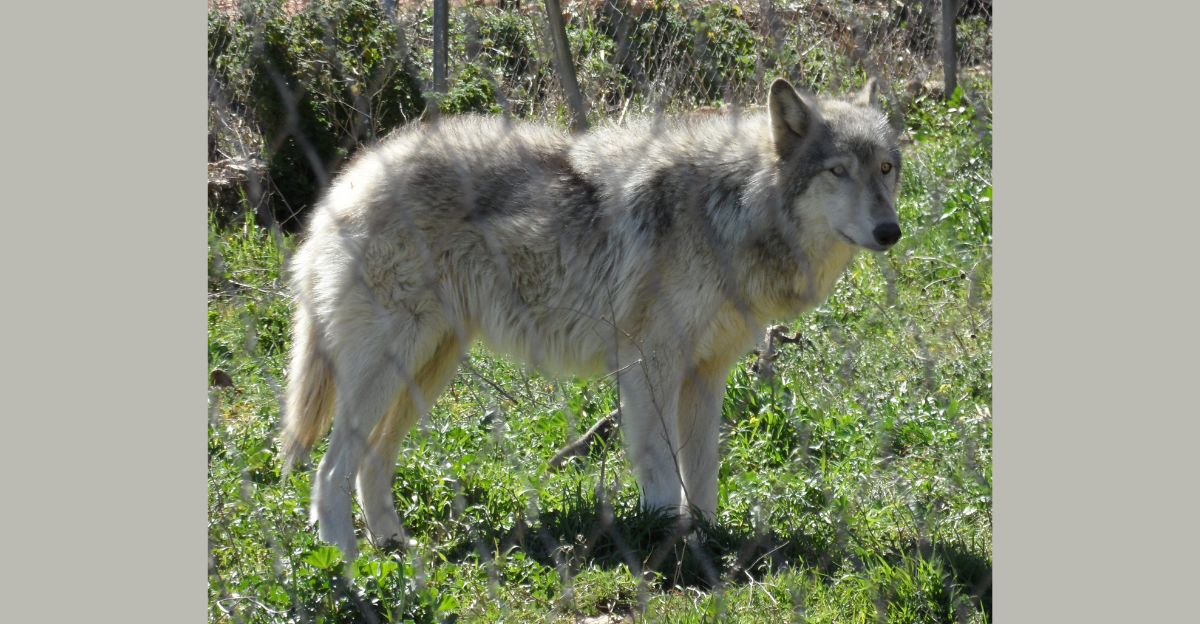
These hybrids blur the definition of what a domestic dog really is. Just one generation of wolf ancestry can drastically reshape behavior, appearance, and needs. Whether planned or accidental, these crosses challenge our ideas of tameness and remind us that the divide between house pet and wild predator is thinner than it seems.
One Step From The Wild
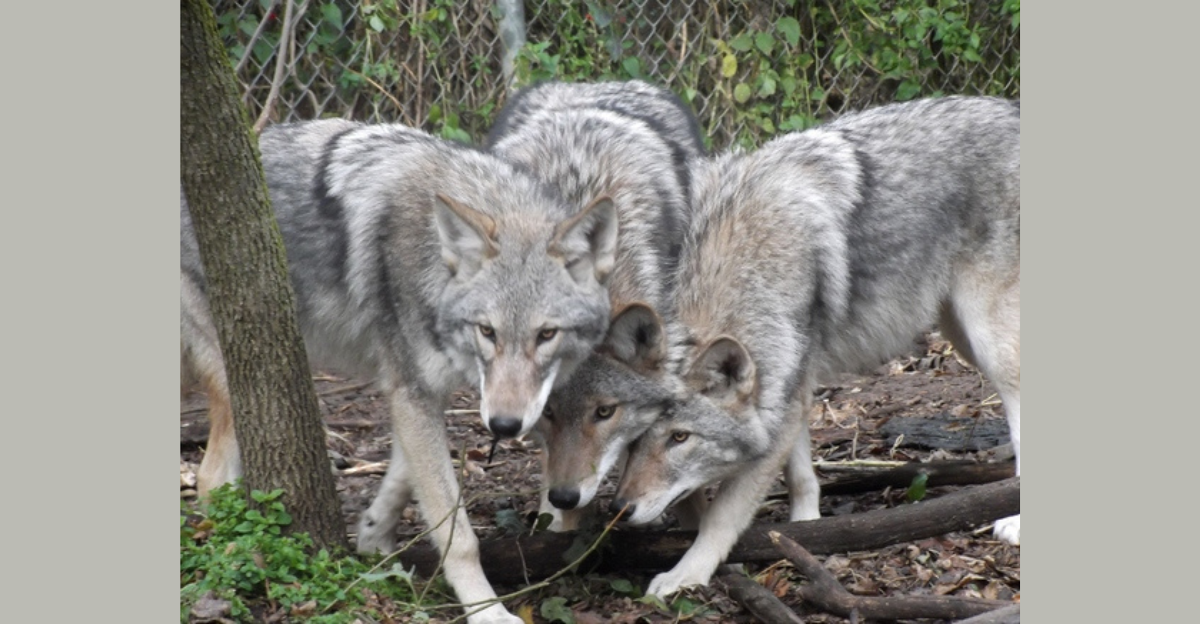
Whether born in labs, kennels, or wild grasslands, these hybrids reveal the deep and persistent ties between dogs and wolves. They are not pets for everyone, but they are powerful examples of evolution, instinct, and adaptation. Just one generation can make all the difference between a loyal companion and a wild survivor.
Explore more of our trending stories and hit Follow to keep them coming to your feed!

Don’t miss out on more stories like this! Hit the Follow button at the top of this article to stay updated with the latest news. Share your thoughts in the comments—we’d love to hear from you!







